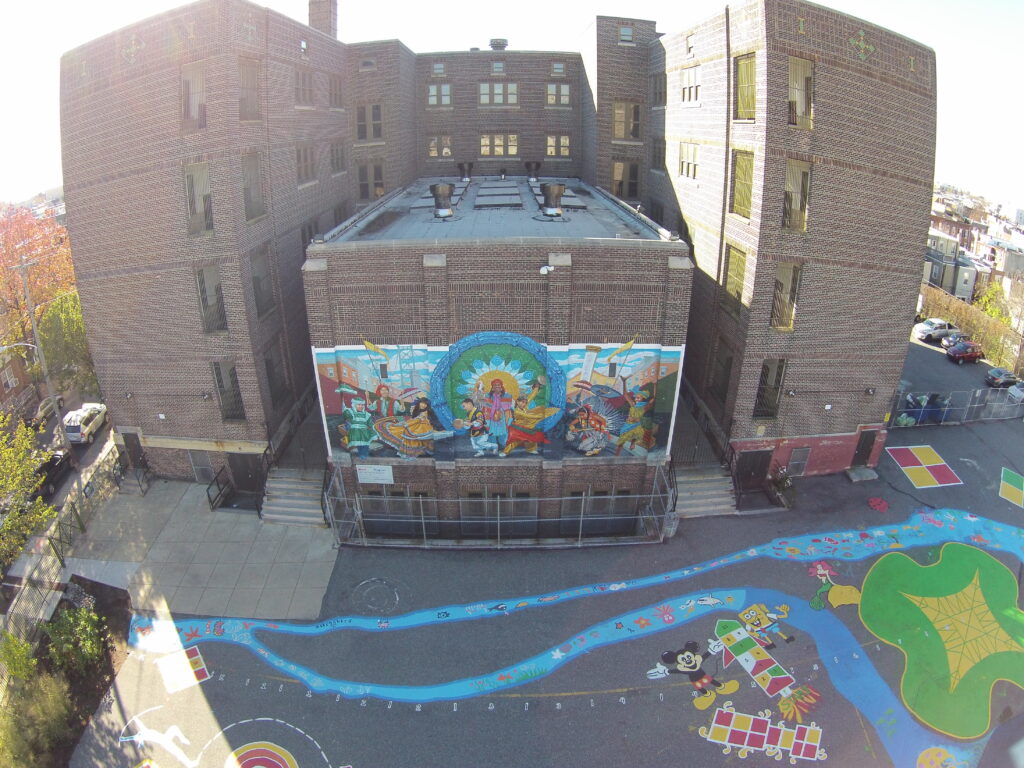Facilities
23-24 Electrical Upgrade Information
Asbestos
Our school district has nearly 300 buildings, and almost every one contains some form of asbestos. It is usually found in floor and ceiling tiles, pipe wrap insulation, as well as some plaster and paint. The presence of asbestos is not itself a danger, however, it must be managed when materials are disturbed and fibers become airborne.
That is why the District conducts almost 600 inspections a year – checking every school twice – to look for damage caused by age, use, weather, water, vandalism or other factors. Management of asbestos happens every day to keep our buildings healthy.
What are AHERA Inspections?
AHERA Inspections
During AHERA inspections, specially licensed professionals look in every space of a school building – including over ceiling tiles, in closets and in utility rooms – and keep a log of all materials that are confirmed or suspected of containing asbestos. These materials are commonly floor tiles, pipe wrap, paint, and plaster.
Inspections take place outside of school hours when there are no students or staff in the building. If an inspector discovers damaged material, it can often be repaired right away. However, occasionally, a space will need to be closed if management of the material is more extensive, such as when there has been a water intrusion. Air clearance samples are taken before any space where a repair takes place is reopened, for the safety of the inspectors and the school communities.
There are two types of inspections – comprehensive 3-year inspections and surveillance check-ins every six months to look for any changes in conditions. Inspection reports for every building are posted on the District’s website as soon as they are completed and run through a quality-control process.
For more information about AHERA rules, the responsibilities of the District and asbestos itself, please visit the EPA’s website.
How to read AHERA Inspection Reports
Each report contains a lot of information. To help you navigate the reports, we outline the information that is most important to parents and families. The Executive Summary, sections 1 through 5, contains the first group of tables that give a snapshot of all the materials in the building. When you click on a report, look for the following tables in order:
Confirmed Asbestos Containing Building Material (ACBM) for this location: a list of all material within the building that we know contains asbestos.
Assumed Asbestos Containing Building Material (ACBM) for this location: a list of material within the building that might contain asbestos but was not tested, sometimes because the process of testing would damage the material.
Non-asbestos Containing Building Material for this location: a list of all material within the building that has been tested and confirmed to not contain asbestos. These materials are not hazardous.
Non-suspect Asbestos Containing Building Material for this location: a list of building material that typically never contains asbestos. These materials have not been tested and are not hazardous.
*For the purposes of testing for asbestos, Auditoriums are considered separate structures from the rest of the building. Therefore, if a building has an auditorium, there will be a separate table.
After this first group of tables, scroll down to Section II find the Room by Room reports. These reports give specific details about every space in the building. Use the definitions to the right to help you read the room by room reports.
Terms to look for: ACBM = Asbestos Containing Building Material
ACM = Asbestos Containing Material
Non-Suspect = Material that characteristically does not contain asbestos and is not tested for asbestos, such as fiberglass.
NAD = No Asbestos Detected. Material that was tested and determined to not contain asbestos.
Element = Some campuses have multiple buildings (main building, annex, little school house, etc.). Element denotes the structure that the information is referring to. The main building is typically denoted as “1”.
SF, LF, EA = Square Feet, Linear Feet, Each

